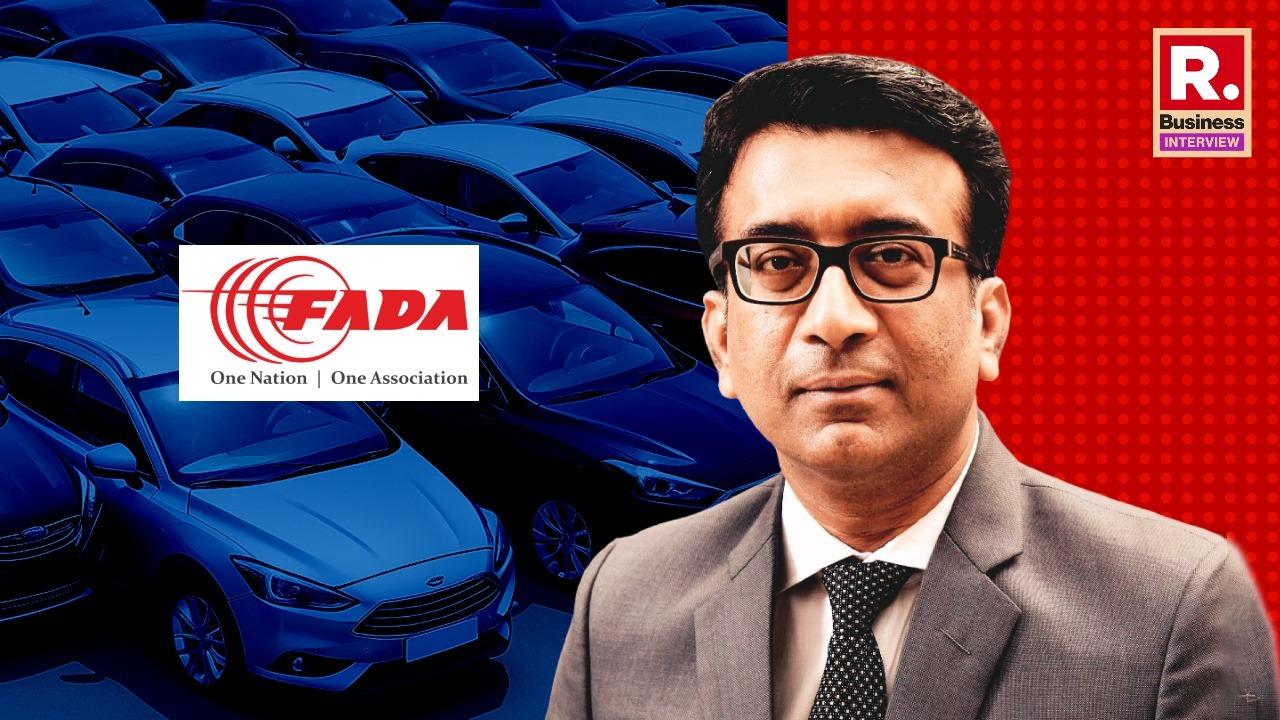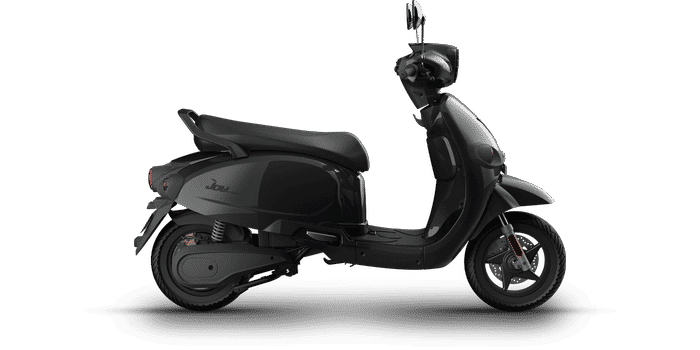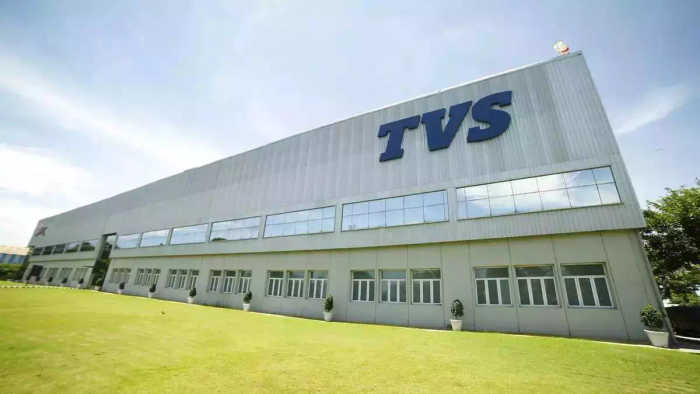Published 15:16 IST, June 7th 2024
Automakers must increase spending on R&D by 10% in gross revenue for e-mobility: FADA President
Federation of Automobile Dealers Association of India (FADA) to join hands with auto players for enhancing R&D at industry level, says Manish Raj Singhania.
- Interview
- 3 min read

Auto industry lobby’s initiative: Asserting that original equipment manufacturers (OEMs) such as automobile players and automobile dealers should work in synergy, Manish Raj Singhania, President of Federation of Automobile Dealers Association of India (FADA) in an exclusive interview told Republic Business that auto majors such as Mahindra and Mahindra (M&M) and Tata Motors are doing exemplary work in areas of research and development (R&D) to bring down India’s dependence on Chinese auto parts imports, especially in the electric vehicle (EV) segment.

RB) What is the much-needed innovation the auto sector requires?
MRS) FADA, which is an industry lobby and an umbrella body of over 1,000 dealers pan-India will work closely with OEM players such as Tata Motors and M&M to bring innovation into India’s automobile market. The auto companies in India at present are barely spending 3-5 per cent of the gross revenue on R&D and innovation. There is huge scope to bring in innovation, especially in EV batteries to further bring down their carbon footprint. The evolution of technology in batteries is bound to happen. Hydrogen-based fuel is the leading example of clean fuel but with joint industry efforts, we have to ensure the use of new-age technology in EV batteries in order to bring down carbon footprints.
RB) What is the key focus of FADA’s ongoing customer satisfaction survey?
MRS) Frost and Sullivan has in the past conducted surveys with OEMs. This is the first time they have got together with an industry lobby. The focus of the survey is a multi-pronged one with an eye on both rural and urban automobile markets. During our field visits to Tier-2 and Tier-3 cities, our members who own large-scale dealerships give us interesting feedback. Apart from a high penetration of motorcycles, which traditionally is a dominant trend in rural India, interestingly electric two-wheelers are also gradually making their way into India’s non-urban markets. With government-run battery charging stations being set up in the rural areas, a zero cost fuel is helping to woo many users of switching over to electric two-wheelers.

RB) Do you think the auto sector has fared well in terms of sales data for April?
MRS) The two-wheeler and three-wheeler segments have seen 35 per cent and 9 per cent. The Passenger Vehicle (PV) segment witnessing 27 per cent overall growth is a positive indication but we must realise that the growth trajectory of the auto sector will remain more subdued in FY25 and not able to reach growth levels seen this year. The two-wheeler sales have seen a huge growth led by festive fervour and wedding season. A lot of times I am being asked about why tractors are not witnessing demand. Infact the tractor segment is seeing good sales as they are now not just used for agricultural purposes but ferrying people and other purposes as well.
RB) What is your word of advice for startups in the auto dealership sector?
MRS) The automobile dealership business has many challenges and involves a long gestation period. The automobile market in India has a typical nature with the big four- Maruti Suzuki, Tata Motors, Hyundai, Honda and Kia holding as much as 80 per cent of the market share. Apart from the mass-market cars, the niche players making lifestyle vehicles and Sports Utility Vehicles (SUVs) are also witnessing a healthy response. For all the youngsters who want to establish automobile dealerships, it is important to know that this includes a long gestation period.
Updated 15:41 IST, June 7th 2024
Recommended
Top Voice
Exclusive Video
LIVE TV
